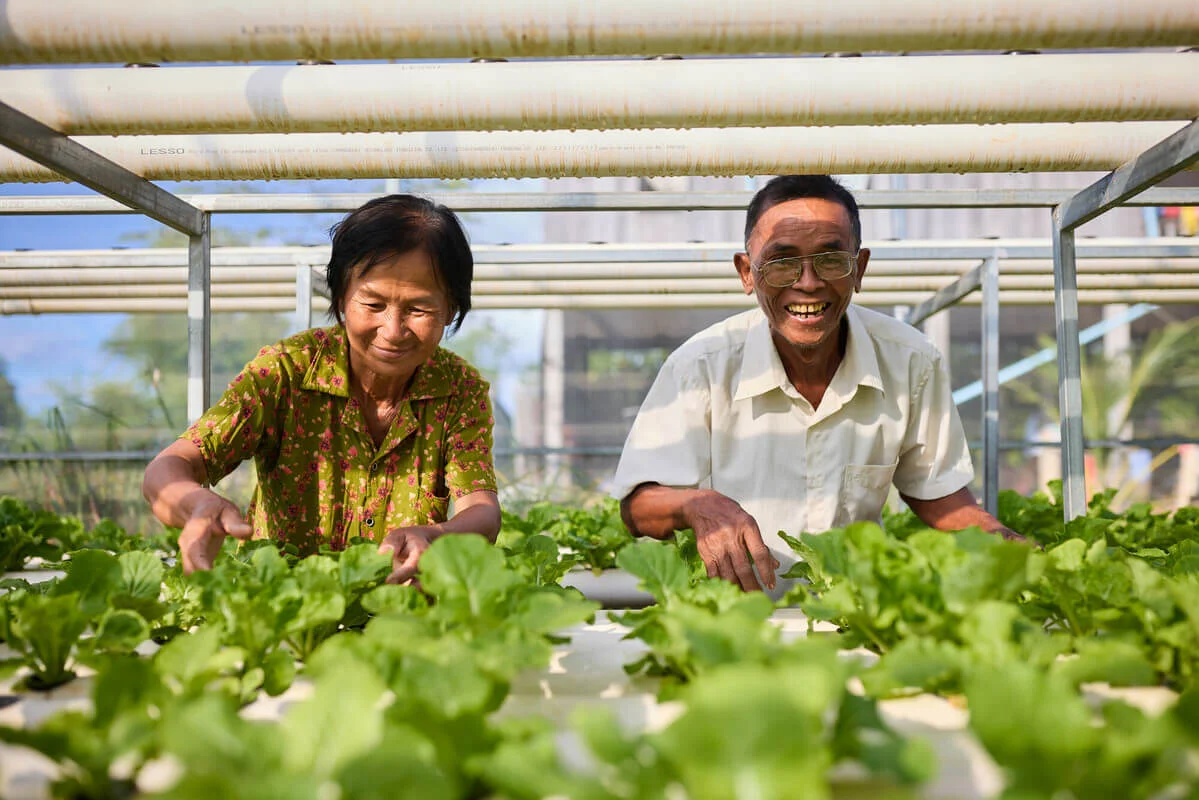So what’s the alternative to hydropower?
Alternatives to hydropower dams do exist. These provide water and energy services while allowing rivers to flow freely and preserving the environment for future generations.
Watch A River Runs Through Us, a video about the alternatives to large hydropower dams. Find out more on the International Rivers website.
Alternative energy sources
A diverse mix of energy sources is fundamental to the Mekong region’s development. Technologies exist that cost less than hydropower but are equally as capable of providing electricity to households, villages and industry in remote, rural areas. For example:
- biomass gasifiers, which burn waste products from agricultural production (such as rice or corn husks) to produce electricity
- small-scale micro- (<100kw) and pico-hydro (<5 kw), which require no dam and run on the river’s natural flow
- solar and wind generation
- co-generation, a combination of electricity, heating and cooling from waste heat, usually sited to consumer needs. Surplus can be shared/sold to nearby customers using low voltage systems
The key message here? That alternative technologies exist. That in the Mekong, as in other regions, we need to focus more on planning and less on new infrastructure.
Energy for cities
What about providing energy for cities? Surely that can’t be achieved by small-scale methods?
Obviously, energy for cities and heavy industry is crucial. In Cambodia, however, the majority of the population still lives in rural, often remote, areas. A clear rural electrification plan is therefore of equal — if not greater — importance, and the best way to deliver energy to remote rural areas is through localised, decentralised systems. The World Bank has helped develop a rural electrification master plan in Cambodia that compensates for minimal existing infrastructure by using decentralised renewables — solar, biomass and micro-hydro. Helping create policy for supporting the expansion of renewables is essential to ensure these options remain viable.
Of course, the cities’ power requirements must be met — which is where demand side management and energy efficiencies come in. Get these right, and there’s less need for new power sources. Again, participatory planning is key; full and open options assessments are also vital. As far as the Mekong is concerned, this means basin-wide assessments examining the full extent of energy and water needs.
Indeed, the following steps should be integral to any energy-planning process:
- demand side management — employ energy efficiency practices and technologies to avoid the need for new plants
- full options assessments for energy and water use and needs
- comprehensive strategic environmental and social impact assessments
- basin- /region-wide planning
If these are done well, sustainable development can be the outcome. But when the projects proposed –mainstream dams in this case – have serious question marks hanging over them around their social and environmental sustainability, the results aren’t so positive.
Learn more
- Does hydropower contribute to climate change?
- Read more about Oxfams’s work monitoring development in the Mekong
- Find out more about damming in the Mekong
